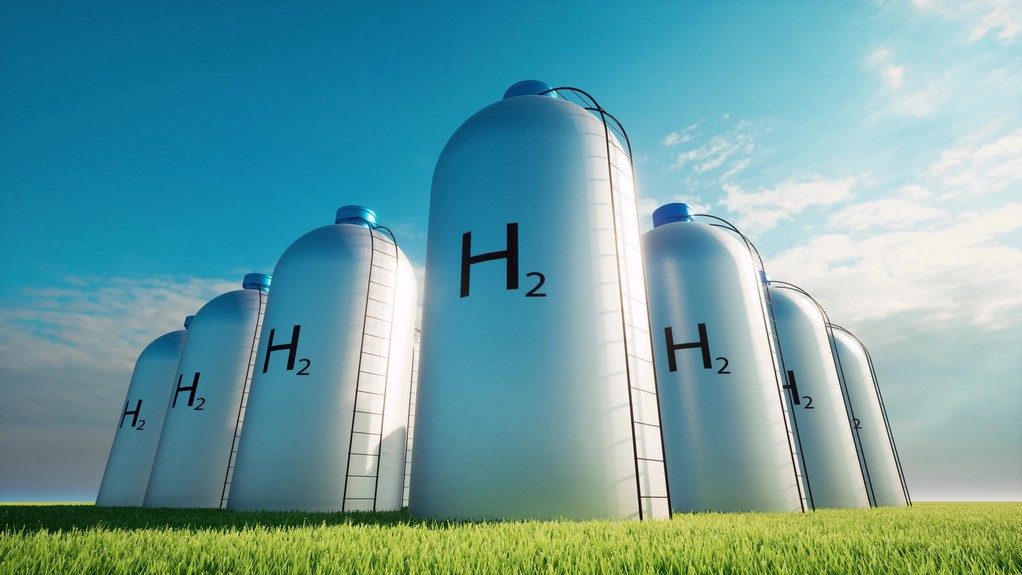The team under Nanjing Tech University chemical engineering professor Zongping Shao stated that their device “ran for over 3,200 hours under practical application conditions without failure.
Currently, the majority of H2 is made using methods powered by fossil fuel, meaning that even though H2 itself doesn’t lead to CO2 emissions when used as a fuel, there are greenhouse gasses emitted from producing it.
Electrolyzing seawater has been a top goal for hydrogen production, but barriers were considerable.
Being able to electrolyze salt water into H2 to be used as a green fuel is an appealing goal, but seawater is notorious for the corrosion it causes to electrodes used in electrolyzers. As a result, electrolyzing seawater is typically seen as unviable.
While some hydrogen production researchers have applied polyanion coatings in attempts to resist the corrosion from chloride ions and some have tried highly selective electrocatalysts, but they have not been appropriate for practical application. Desalinating water requires energy, reducing the efficiency of the hydrogen production in the first place.
The team focused their seawater hydrogen production on the use of a concentrated potassium hydroxide electrolyte solution in which the electrodes were dipped. This, combined with a porous membrane helped to separate the seawater and electrolyte solution. The membrane was fluorine rich, allowing water vapor to penetrate it while blocking liquid water.
Tags: Hydrogen, Nanjing Tech University, Production

Recent Posts
Tata Steel achieves B24 biofuel voyage from Australia to India
Scientists synthesised material that can absorb Greenhouse Gases
First carbon removal plant in world comes online in Iceland
FIS proposes hydrogen as fuel for fishing vessels
WinGD bags order for world’s first ammonia dual-fuel tankers
ClassNK explores alternative fuel paths
Hydrogen fuel of future: Gadkari
Classification societies on new fuels pathway